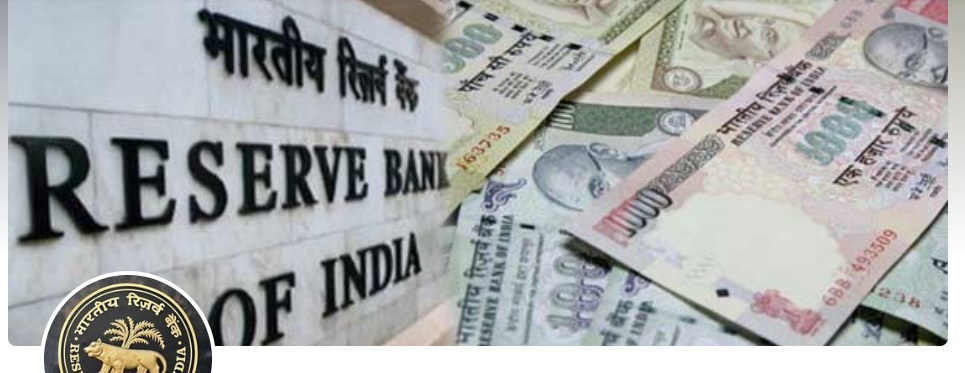The transactional use of cash has been on a decline and is increasingly getting substituted with digital modes of payments

FinTech BizNews Service
Mumbai, November 30, 2023: The Reserve Bank of India has released Volume 43, No.2, 2022 of its Occasional Papers, a research journal containing contributions from its staff. This issue contains three articles and two book reviews.
Articles:
1. Cash versus Digital Payment Transactions in India: Decoding the Currency Demand Paradox
Given the perceived substitutability between cash and digital payments, the simultaneous rise in both seems counterintuitive, giving rise to a currency demand paradox. This paper attempts to decode this paradox in the Indian context and empirically derive the important drivers of cash demand. The key highlights of the paper are:
The transactional use of cash has been on a decline and is increasingly getting substituted with digital modes of payments, even as the store-of-value role of cash remains intact.
In line with the global evidence, the pandemic led to a transitory uptick in currency demand in India driven primarily by precautionary and store-of-value motives.
The empirical estimation of currency demand function using autoregressive distributed lag (ARDL) models shows a statistically significant impact of income, opportunity cost of holding cash such as interest rates, and uncertainty. While digital payments are found to be inversely associated with currency demand, other determinants of cash hold sway, which help in decoding the paradox.
2. Inflation Forecasting in India: Are Machine Learning Techniques Useful?
The authors use supervised Machine Learning (ML) techniques to capture the non-linear relationships between inflation and its determinants and compare their forecasting performance with that of the popular traditional linear models, such as the autoregressive time-series models, linear regression and Phillips curve for both the pre-COVID and post-COVID periods over forecast horizons of one quarter and four quarters.
The empirical estimates suggest performance gains in using ML-based techniques over the traditional ones for forecasting inflation. Forecast performance gains are found to be significantly higher during the post-pandemic period.
3. A New Unit Root Test Criterion
The empirical literature contains many standard unit root tests. The power of these tests, however, is often low for small samples. This paper proposes a new criterion to test the presence of unit root in any zero-mean time series with no deterministic trend and no structural break. The test is developed based on the ratio of the probability distribution function (PDF) of the data under the null of a unit root to the PDF of the data under the alternative. As the distribution of the test statistic is non-standard, the Monte Carlo simulation technique has been used to determine the empirical distribution of the test statistic, followed by a comparison of the power of the test criteria for a finite sample.
The performance of the new unit-root test statistic is empirically compared with eight existing popular univariate unit-root tests. The new test is found to have higher power for sample sizes of under 50, and for higher sample sizes, its power is similar to that of the existing tests.
Book Reviews:
This issue of the RBI Occasional Papers also contains two book reviews:
1. Nandini Jayakumar reviews the book “The Price of Time: The Real Story of Interest” written by Edward Chancellor. The book traces the historical evolution of interest rates and the role played by easy monetary policy during various economic crises starting from the 17th century to the more recent times. The book argues that while low interest rates may seem desirable in the aftermath of an economic downturn, central banks need to be wary of their potential adverse implications for allocation of resources and distribution of wealth.
2. Tista Tiwari reviews the book “The Spirit of Green: The Economics of Collisions and Contagions in a Crowded World” written by William D. Nordhaus. The book presents a vision for creating a Green Society and provides credible solutions to tackle environmental damage while ensuring sustainable development. The book places the Spirit of Green at the center of a very broad spectrum of views between the two extreme positions - a deep green (far-left) biocentric approach and a muck brown (far-right) approach that puts profits above social welfare. It advocates a balanced approach combining market mechanisms and government interventions.